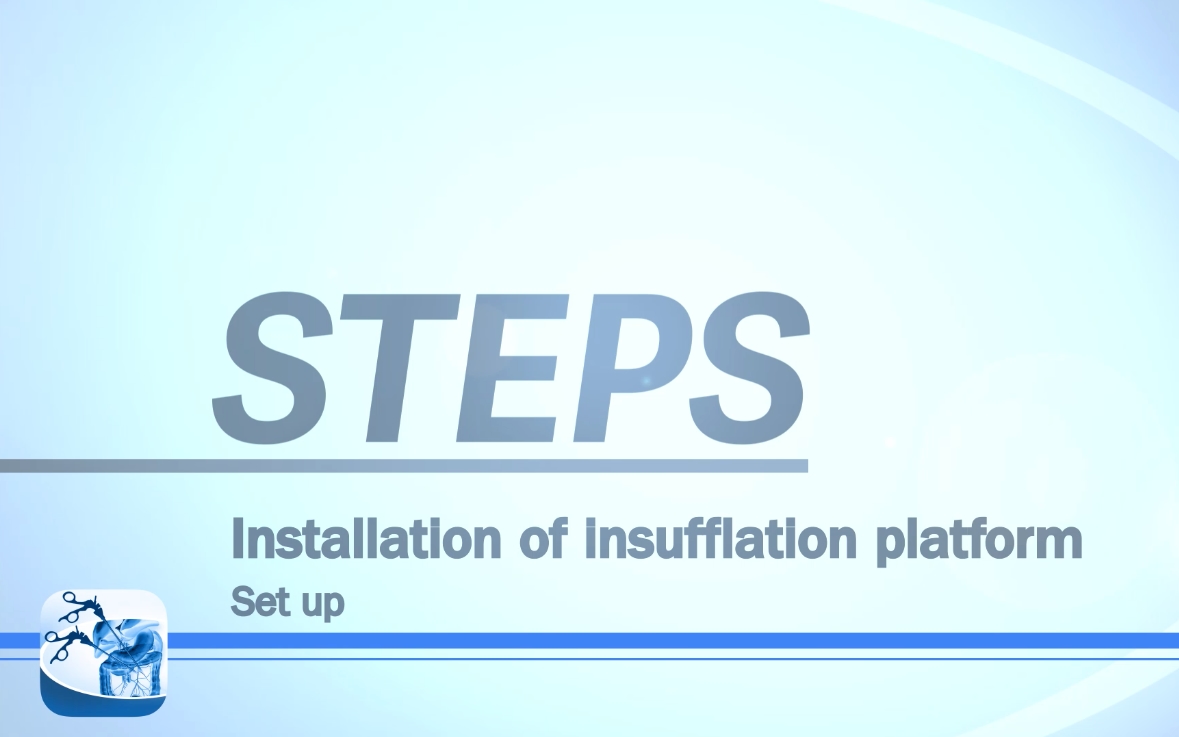Installation of insufflation platform
Mathieu D’Hondt
Mohammed Abu Hilal
Traditional laparoscopic insufflators toggle between CO2 gas insufflation for approximately 3 seconds, resting for 1 second to measure pressure, and then cyclically re-insufflating to maintain the “set” pressure.
When using these insufflators to perform a TaTME-procedure, there is a lot of diathermy-induced smoke in a restrictive operating field. Also there is an unstable pneumorectum as a result of bellowing or oscillation of the rectum which can interfere with precise dissection.

These two issues can be addressed by a modification to the set-up and change in the type of insufflator.
The Airseal-system consists of an Intelligent Flow System (iFS) control unit, one valveless access port and one contiguous trilumen filter tube set.
- The iFS responds immediately to the slightest changes in the set pressure by
automatically adjusting flow rate in real time. As a result it affords the surgeon an excellent vision, less oscillation of pressure and less CO2 gas absorption.
- The access port and trilumen tube set optimize carbon dioxide inflow, better
removal of smoke and filtering of gas outflow.
After starting up the control unit of the Airseal-system it runs through an auto-testing program before it shows the three modes of insufflation:
1. Airseal mode
2. Smoke Evacuation mode
3. Standard Insufflation mode
For the TaTME-procedure we always choose the Airseal mode.
Before starting the iFS in Airseal mode, we connect the tube set to the access port which is placed in the upper half of the Gel-seal to avoid fluid running into the Airseal platform. The connection should be made firmly to avoid disconnection during the procedure.
When ready for insufflation, the pressure on the Airseal mode is set between 10-12 mmHg, with a flow of 5 L/min. While starting the Airseal-system the valveless access port should be closed either by having the introducer of the port in place or simply by closing the opening with the surgeon’s finger.
The iFS system shows when the Airseal is initiating and when it’s ready.
We then turn the smoke evacuation to “high” as shown on the display of the iFS and we put the sealing cap on the access trocar.
Now the transanal part of the procedure can be started. It can take a few minutes to establish a perfectly stable pneumorectum. The pressure can be changed manually; when proceeding and getting higher up with a larger area of dissection the pressure can be gradually increased up to 15 mmHg.
